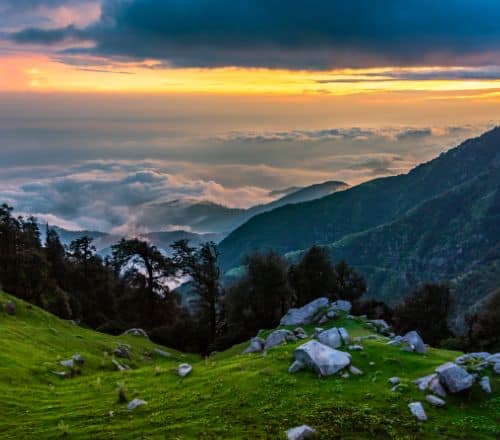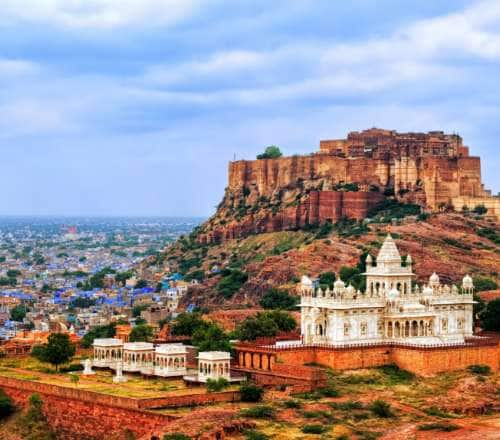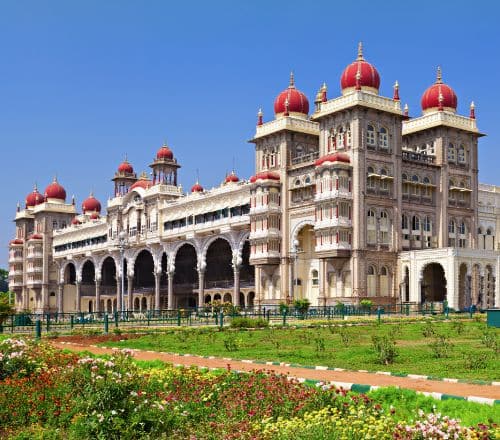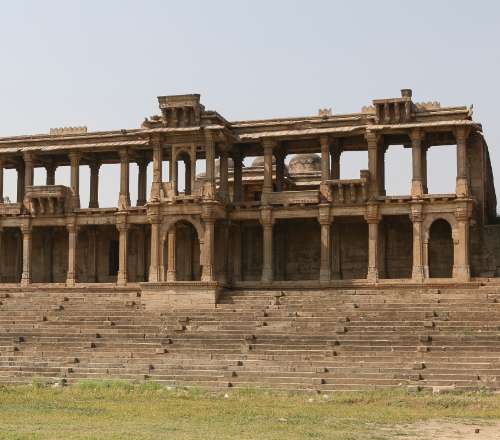Stay logged in to proceed with bookings, orders and offers.
On changing the terminal, you will loose items in your cart. Are you sure you want to change your terminal?
A first-person account of an underrated annual music festival
India is a melting pot of cultures encompassing various languages, traditions, music, and art. Indians express their identities and beliefs in many ways, and cultural festivals are integral to their heritage and traditions. Though many Indian festivals have gained global recognition, there are many others pushed to the margins of obscurity. The cultural wealth of northeast India lies hidden from not just the world but even Indians. Often, most Indians perceive the northeast of the country as an exotic land under a single mystical culture instead of recognising the distinct cultures inherent to each state. Every budding traveller in India should visit the seven-sister states to build awareness of how local communities share and develop traditions and customs.
I am a traveller intrigued by ethnography and its practices. So I decided to travel to Nagaland ̶ the state that was always on my bucket list for its unique folklore and natural beauty. The Hornbill Festival is the best time to visit Nagaland and experience its culture. The festival is usually held between December 1 and December 10. It kicks off with the performances of the 16 major tribes of Nagaland, followed by performances by groups from other northeastern states over the next nine days. I was eager to attend the festival because I could photograph the celebrations of all Nagaland tribal communities in one place. But obtaining leave from work was more challenging than planning the trip. Long story short, I reached Nagaland in the middle of the festival.
Read More
Read Less
I reached Kohima on the fourth day of the festival after a long journey from Chhattisgarh via Manipur. The Hornbill Festival is celebrated in the Kisama village in Nagaland, adjacent to the Manipur border. The distance between Imphal (Manipur) and Kisama village is about 124 km. I choose to travel to Kisama from Imphal than from Dimapur — a city in Nagaland with an operational airport — even when the former route is longer. Though Dimapur is only 70 km from Kohima, the route is prone to landslides, making travel risky. So, to be safe, I decided to travel from Imphal. After spending two days in Manipur, I reached Kisama from Imphal via public transport. The journey took about four and a half hours. All tourists require an Inner Line Permit to enter Nagaland. I had secured my permit online in advance and the guards let me pass without much fuss.
Kisama is not very far from the Manipur-Nagaland border. After travelling 15 to 20 minutes, 15 km after crossing the border, I was standing at the entrance to the Hornbill Festival. Kisama village is set in a picturesque region in the hills of Nagaland. It is 12 km from the state capital Kohima. The calmness of this place makes it an idyllic setup to experience the culture of Nagaland, untainted by external influences. The village has many morungs — traditional Naga tents — set up for the performers. As I walked beside the tents, I could see performers practising their dances and skits while others were relaxing or relishing the food from stalls.
Long before I decided to travel to the northeastern states, I had fallen in love with the northeast cuisine. My undergrad roommates were from Assam. During our stay in Delhi, they introduced me to Assamese and Naga cuisines, and a glutton like me could never get enough of the dishes. At the Hornbill festival, there were multiple stalls selling many of my favourites. I decided to get into the festival spirit by gorging on food first. If you are in Nagaland, you cannot miss having rice beer. Locally named zutho, it was a delicious frothy welcome to my trip. Feeling buzzed, I ordered a plate of pork in bamboo shoots with rice. Only the Nagamese know where and how to find the most tender, succulent bamboo shoots. I have tried making this dish at home with ingredients procured from other parts of the country, but it never matched the original. The Raja Mirchi, nicknamed ghost chilly for being one of the world's hottest peppers, added many flavours to the pork. I became half crazy by the time I could bear its spiciness on my tongue. Wiping the constant flow of tears, I marvelled at the toughness of the locals who consume the chilly regularly.
After lunch, I reached the arena of the main performance, swarmed by many international photographers. The performances began with a flourish with local tribes and valley dwellers showcasing their lives through skits. Many Naga tribals showed their military and martial skills. There are 16 tribes in Nagaland ̶ Konyak, Engma, Chang, Dimasa Kachari, Khiamniungan, Lotha, PhomAngami, Pochury, R, Yimchungrü, Sangtam, SumiKuki, Ao, Chakhesang, and Zeliang. The dance forms I captured through my lens included Zeliang, Modse, Butterfly Dance, and Rengma from Nagaland. Artists from Manipur and Mizoram performed Lai Haraoba and Chailam, respectively. It was astonishing to realise how elaborate and nuanced their dance forms are. The outfits of the performers were authentic. Manipuri outfits made of local silk and cotton had intricate geometrical patterns and looked iridescent with a tasteful choice of colours. On the other hand, Naga outfits used more animal and avian resources, including leather, horns, nails, tails, feathers, and beaks.
The group performances gave way to individual talent shows. Artists from the region followed one another to display their skills in native genres of music, art, and fashion. It was interesting to see that commercialisation hasn't affected the tribal culture, and the indigenous folks of the northeast have been able to preserve and carry forward their legacy with gaiety. At sunset, rock artists from Nagaland, Assam, and Meghalaya set the stage ablaze with their performances. In popular culture, artists from the northeast, such as S.D. Burman and R.D. Burman introduced Hindi cinema to rock music in the past. As a music aficionado, I put my camera down to groove to the music.
Kisama village has many stalls selling souvenirs. There are many exhibitions of handloom and craft from the seven sister states that you will only find at the festival. The bamboo woodwork, beadwork, stone necklaces, and metal jewellery are unlike any you would have seen elsewhere. I didn't have enough money and space in my bag to buy all that I liked. I made a mental note to pack a larger bag on my next trip to the Hornbill Festival.
I had booked a night camp here in Kisama. Perched on the top of a hill between Kigwega and Phesama village, the campsite overlooked a lovely view of the Kisama village and Kohima. Many other camps and homestays are available within the Heritage Village. Kisama is suitable for solo travellers, couples, and larger groups. Finding accommodation at the Hornbill Festival can be easy but booking in advance is always a good idea. Hotel reservations for the festival open as early as August.
The Hornbill Festival is the manifestation of the joy the communities in the northeast have for their culture. It is a lesson for everyone who wishes to preserve their age-old traditions in the face of overwhelming commercialisation. If we look within, there are so many things we can cherish and share with the world. A festival of this magnitude and quality is undoubtedly the pride of a multicultural nation such as India. Do visit it as soon as you can.





The Adani One expressly disclaims all liability, direct and indirect, in respect to actions taken or not taken based on any or all the contents of this Blog. The Blog is an opinion of the contributor based on the collation of data from various sources and is provided only for information purpose. Adani One does not canvass, advertise, solicit, invite or induct for any product, merchandise, information, brand or any other materials mentioned in the Blog, nor does it obtain any monetary benefit from the same. Reader is advised to read and apply his/her intellect and discretion in this regard. Any Intellectual Property mentioned in this blog belongs to the rightful owner. We do not intent to claim any interest over the same.